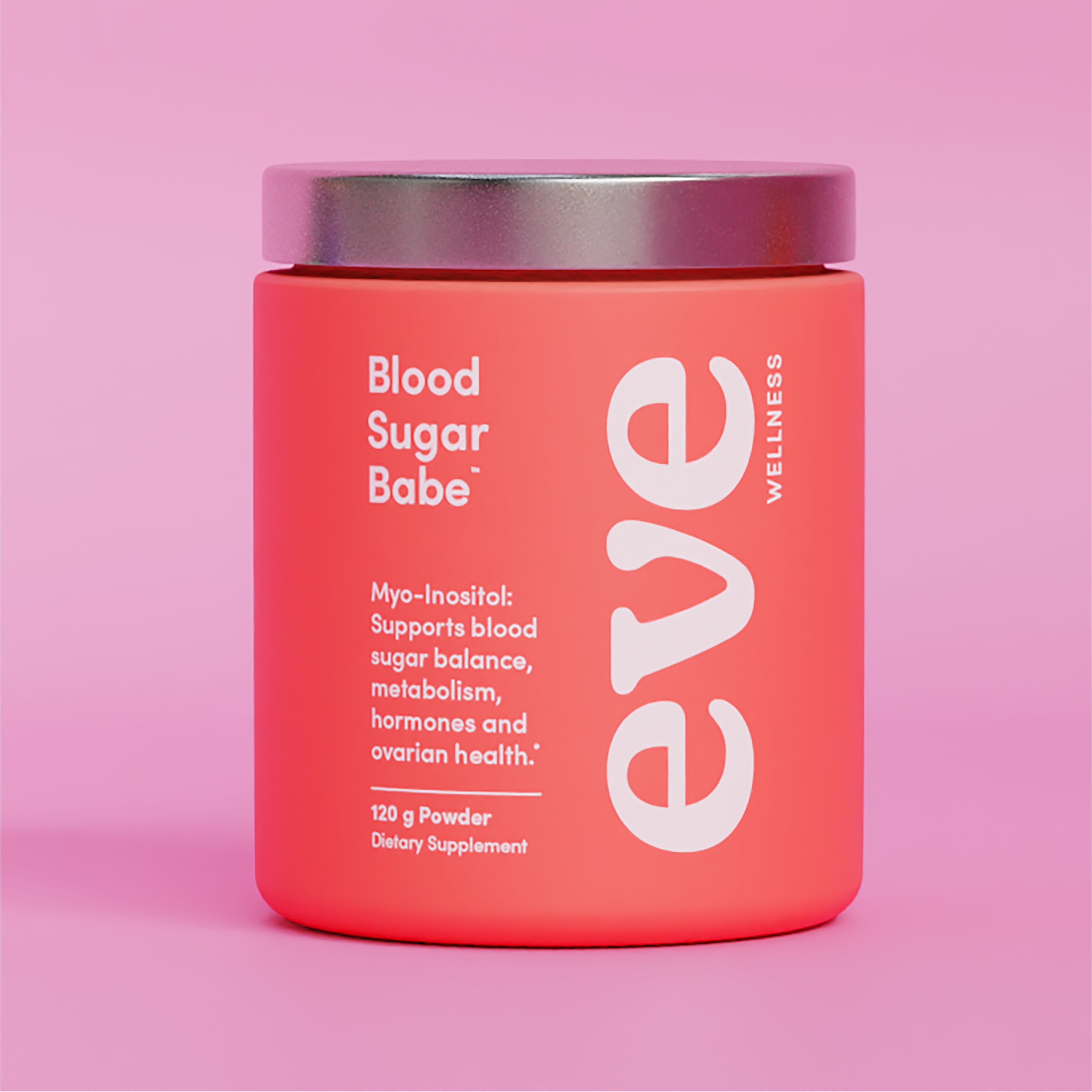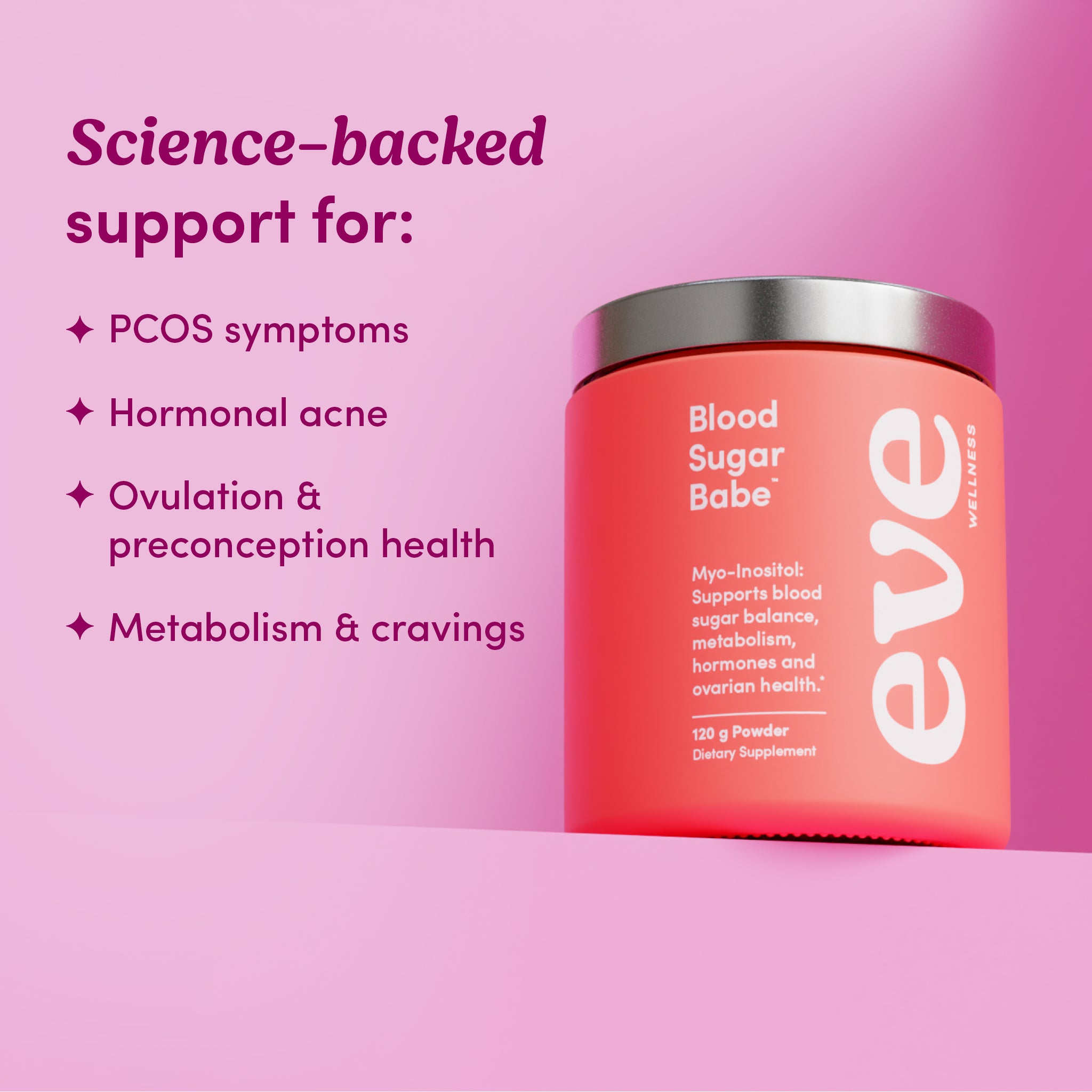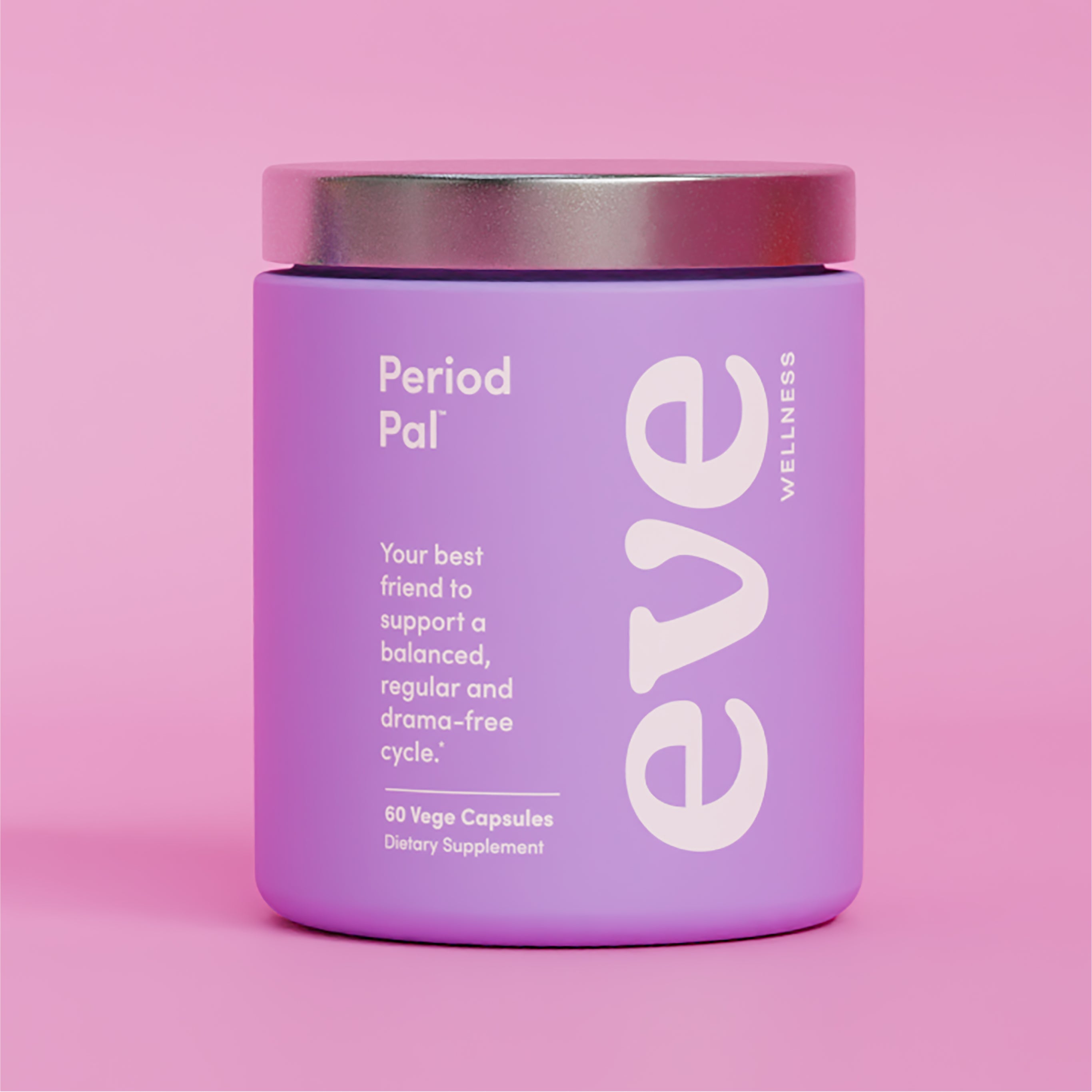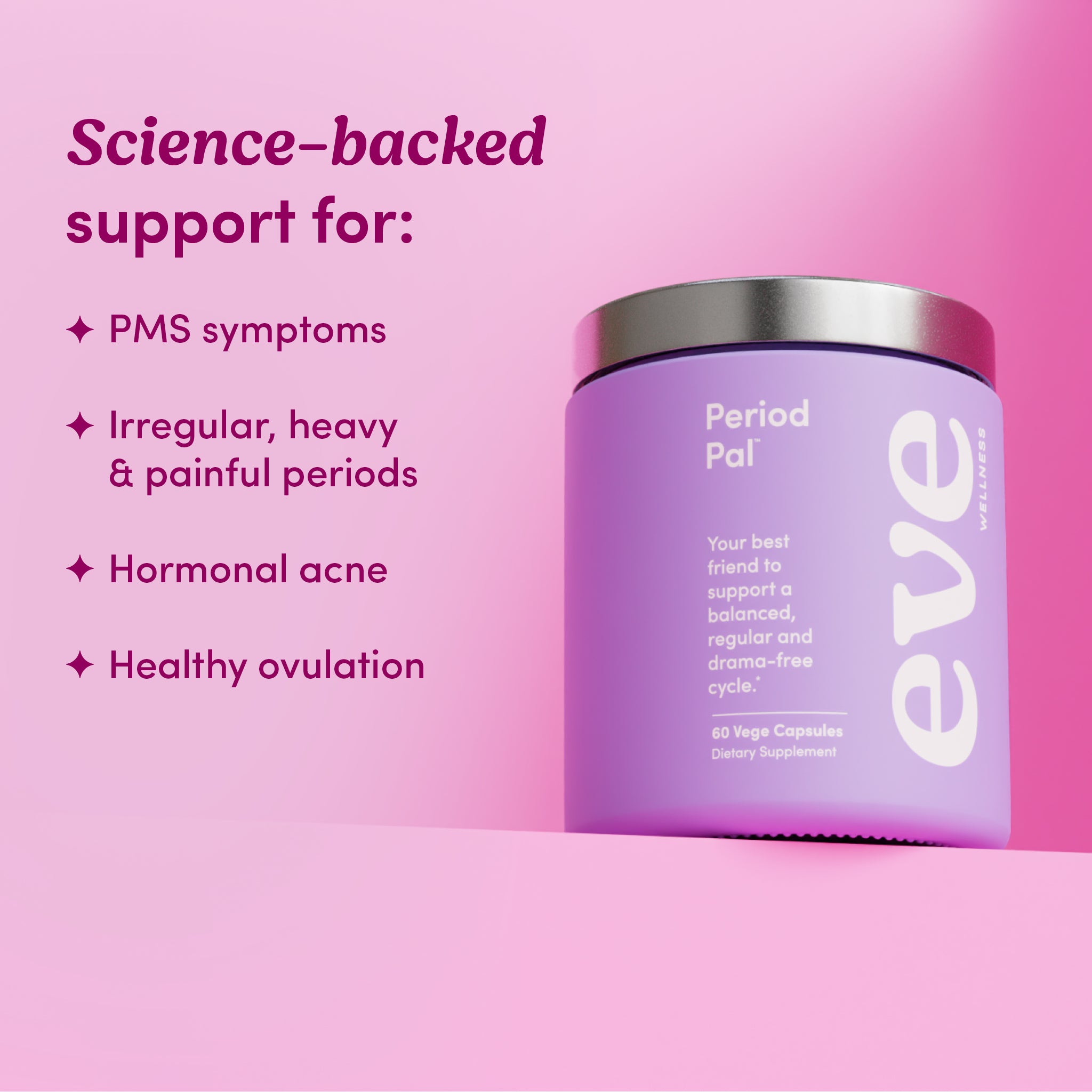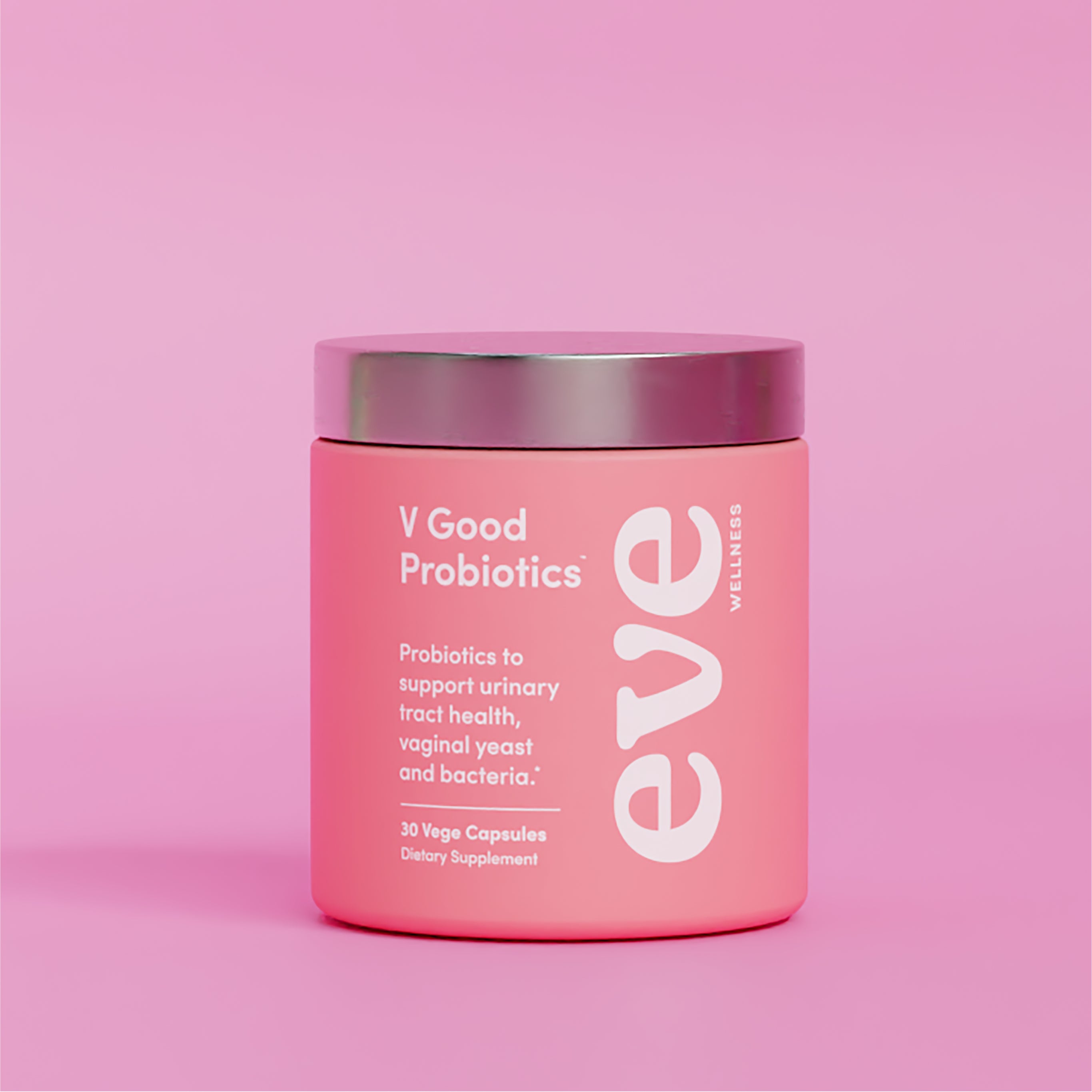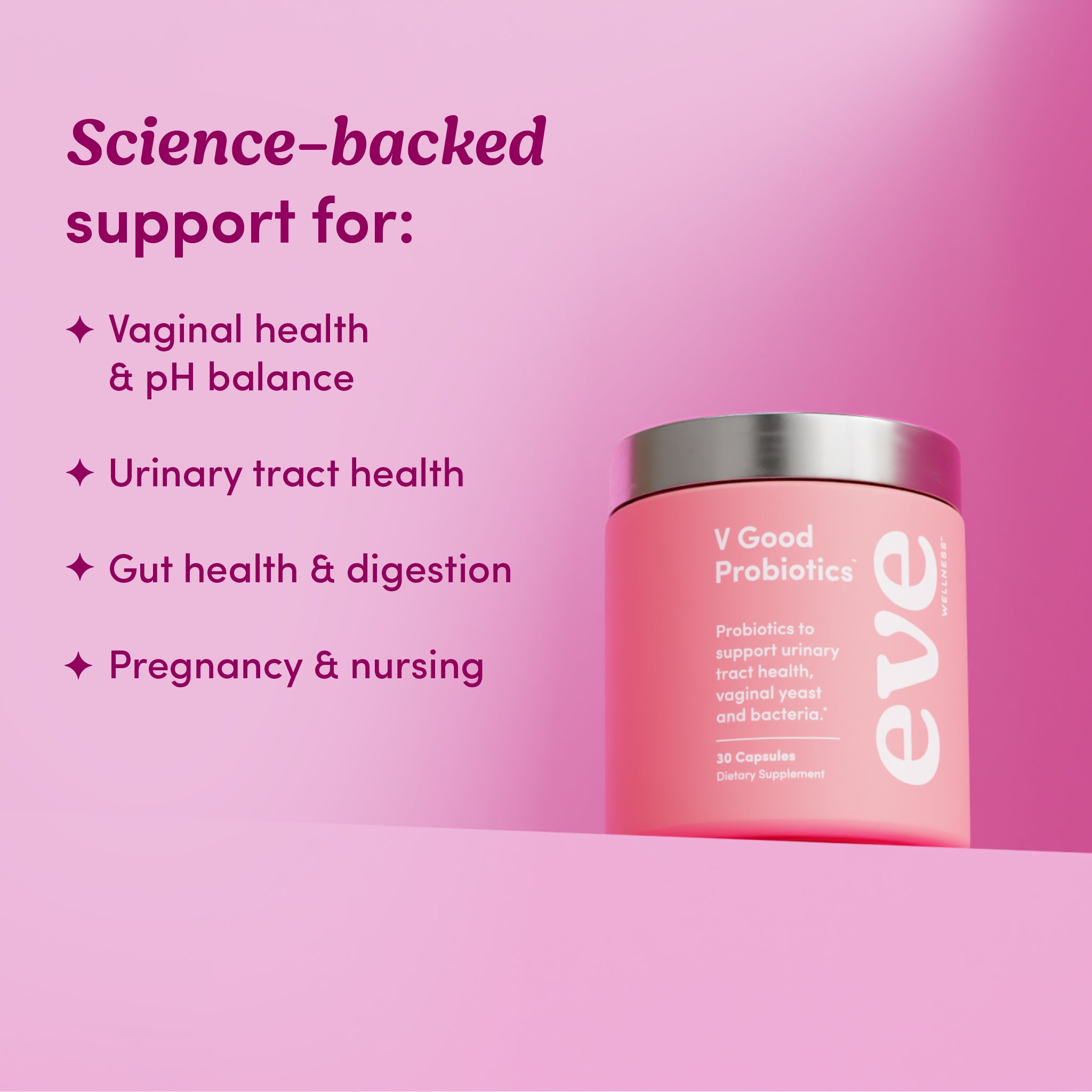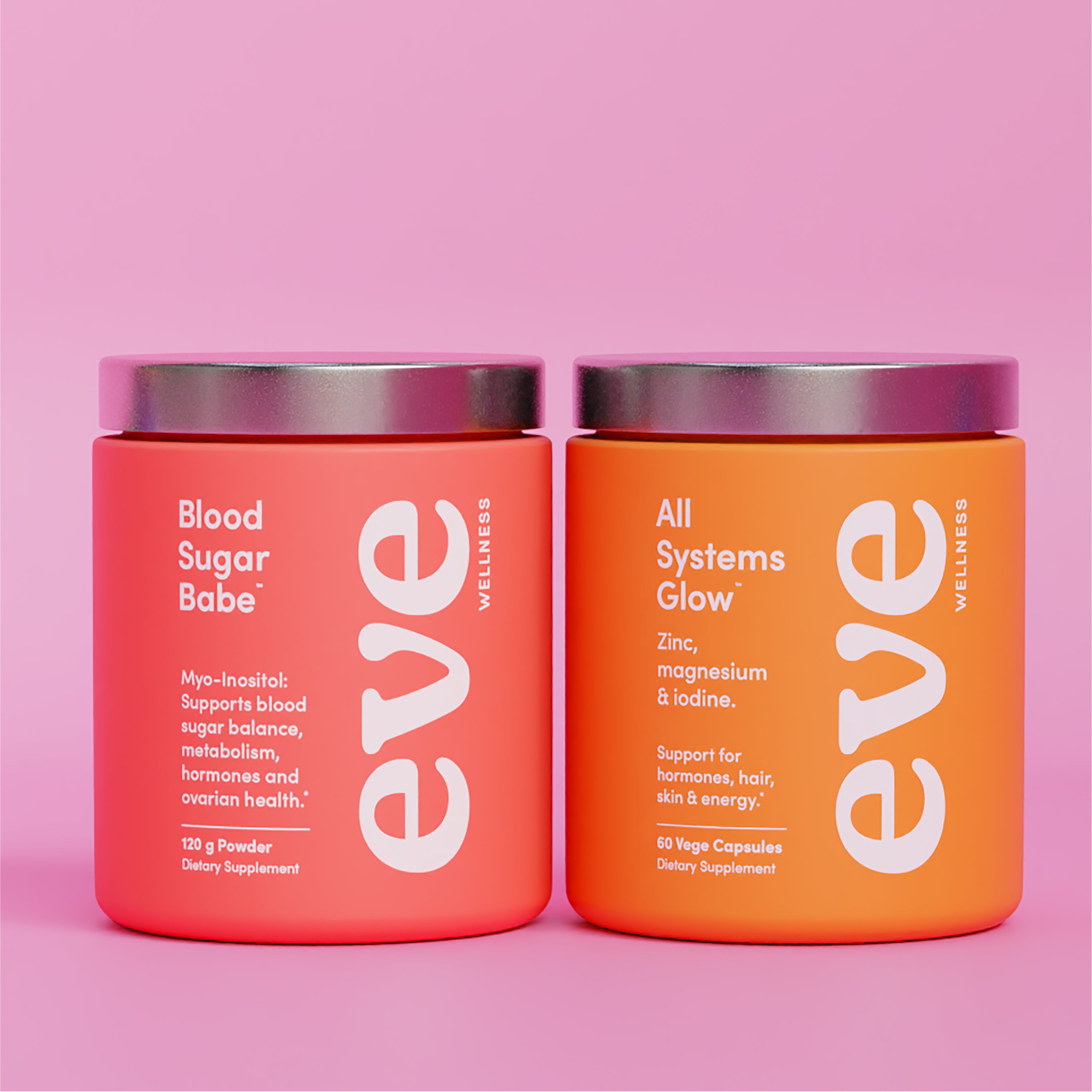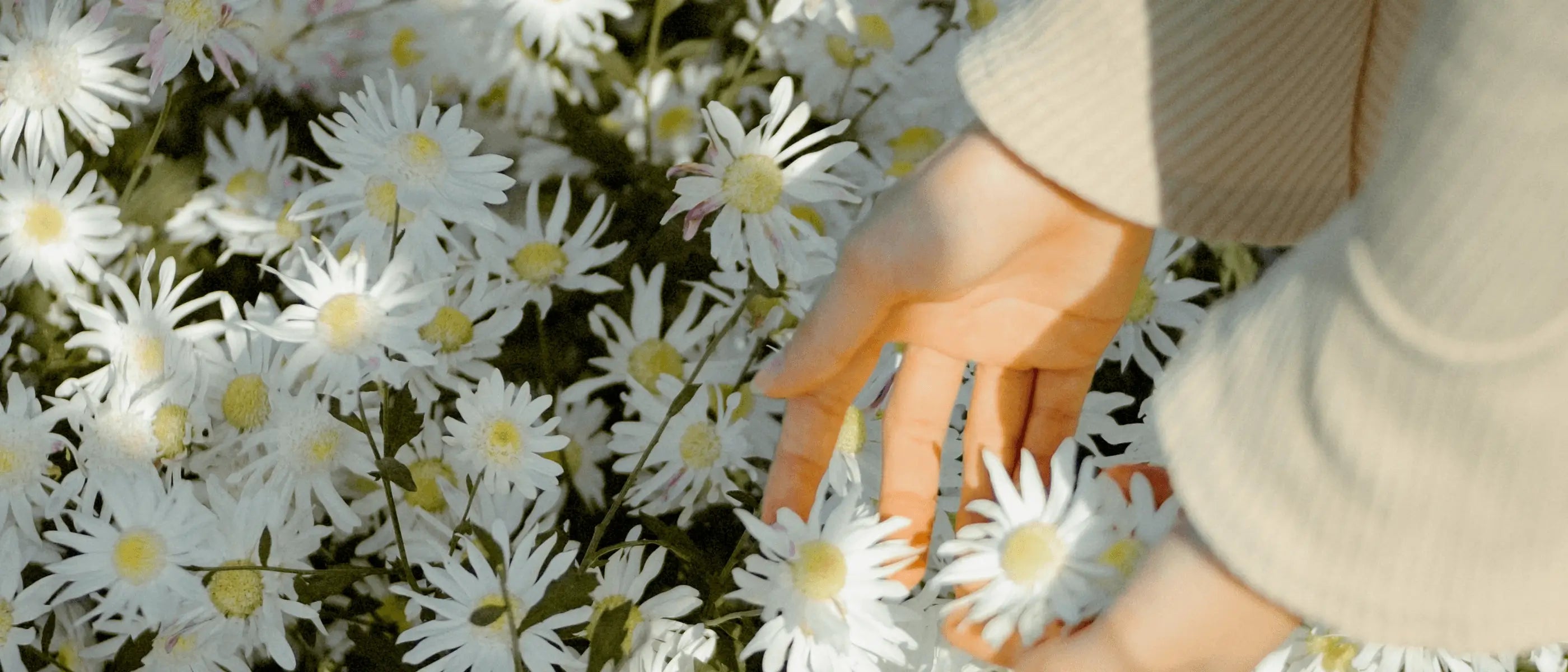Before we launch into this hot topic, we need to warn you that the word ‘moist’ is gonna come up a few times. We tried to find another one, we promise, but decided ‘damp’ ‘soggy’ and ‘muggy’ weren’t the most palatable alternatives.
So, with that, Let’s get into it!
LET’S START AT THE TOP: WHAT IS A YEAST INFECTION?
Everyone who has a vagina has a certain amount of healthy, necessary yeast. A yeast infection (also known as thrush) is when that yeast - vulvovaginal candidiasis - grows out of control. This can happen for a number of reasons and in no way means that someone is dirty, unhygienic, or unhealthy. They’re common for a reason.
WHAT CAN CAUSE YEAST INFECTIONS?
There are five common reasons that the yeast in our vaginas can grow to higher-than-desired levels and while some are more innate than others, we can take steps to manage every single one.
HORMONAL FLUCTUATIONS:
These are common during pregnancy, or at certain times of our cycle. We know that throughout the month we have ever-changing levels of oestrogen, testosterone, and progesterone and that can cause changes to both our vaginal microbiome and immune system, both of which can open the door for yeast infections.
TAKING ANTIBIOTICS:
This one is a classic. When we take antibiotics, the medicine kills bacteria in a non-discriminatory way. This means that the good bacteria goes with the bad and since the good is usually keeping the bad in check - in both our guts and our vaginas - the natural balance can be thrown off and all of a sudden both microbiomes are out of whack.
STRESS:
Thrush can often take hold when we are run down and our immune system isn’t firing as well as it should. Lowered immunity means more opportunity for unfriendly yeasts to take hold.
CONTRACEPTION:
By altering our hormones, hormonal forms of contraception, such as the pill, hormonal IUDs, implants can increase your risk of yeast overgrowth.
HYGIENE:
If we spend extended time in wet or sweaty clothing, it can create the perfect environment in which yeasts thrive. Additionally, if we already have thrush, we need to ensure our underwear is washed in hot water or with antibacterial soap in order to kill the bugs and not reintroduce them.
SO, WHAT’S THE ANSWER?
We promised helpful tips and we’re going to deliver. You might need to employ all of these, or maybe it’s just one small change but anything that helps prevent that frightful itch is going to be worth it. And none of them are particularly arduous because vaginas are one of the most resilient organs there is.
1. LET HER BREATHE:
Unfriendly yeasts love a warm, moist environment. Choose cotton underwear, change out of wet clothes as soon as possible, and keep your clothes loose so that air can circulate and moisture does not build up in the vaginal area. If it feels like a greenhouse down there, air her out!
2. LIMIT THE FUN STUFF (SORRY):
The usual suspects are back: Sugar, alcohol, processed foods, and refined carbohydrates - we love them but so do yeasts. Did you know the more you eat these foods and drink those drinks, the more you want them? That’s because the bacterias that thrive on them have one goal: survive. So they trick you into thinking you want them so you’ll eat more and then, hey presto, they have more food. It’s you vs the bad bacteria and there can only be one victor.
3. ONLY TAKE ANTIBIOTICS WHEN YOU NEED THEM.
Did you know it can take YEARS for your gut microbiome to recover from a single course of antibiotics? We’ve had our microbiomes since birth and every choice we have made (or had made for us) since then has impacted that delicate environment. While it’s not realistic to never take antibiotics (they can really be our saving grace when bacterial infections take hold), what we want to cut is taking them unnecessarily. It’s the ‘it’s probably viral, but you can give antibiotics a go anyway’ that we want to avoid. If you do need them, be sure to be taking a probiotic on the same days, and ideally not at the same time.
4. TAKE A PROBIOTIC FOR YOUR VAGINA.
Certain stains, such as Lactobacillus rhamnosus HN001™ and Lactobacillus acidophilus La-14® have been proven to help balance vaginal yeasts and bacteria. By releasing lactic acid, they help to keep the PH of your vagina slightly acidic and create an environment in which yeasts struggle to grow. You can find both of these vagina-loving strains in V Good Probiotics.
5. DON’T DOUCHE!
You may be tempted to wash away the itchiness or try to keep things clean to prevent yeast overgrowth, but doing this is totally counterproductive. Douching can change the pH of your vaginal area and wash away the protective good bacteria, like Lactobacillus, resulting in a vicious cycle of itching and yeast infections. Rinsing your vaginal area with water in your usual bath or shower is all that is needed because she’s a self-cleaning machine and really doesn’t need that much help.
